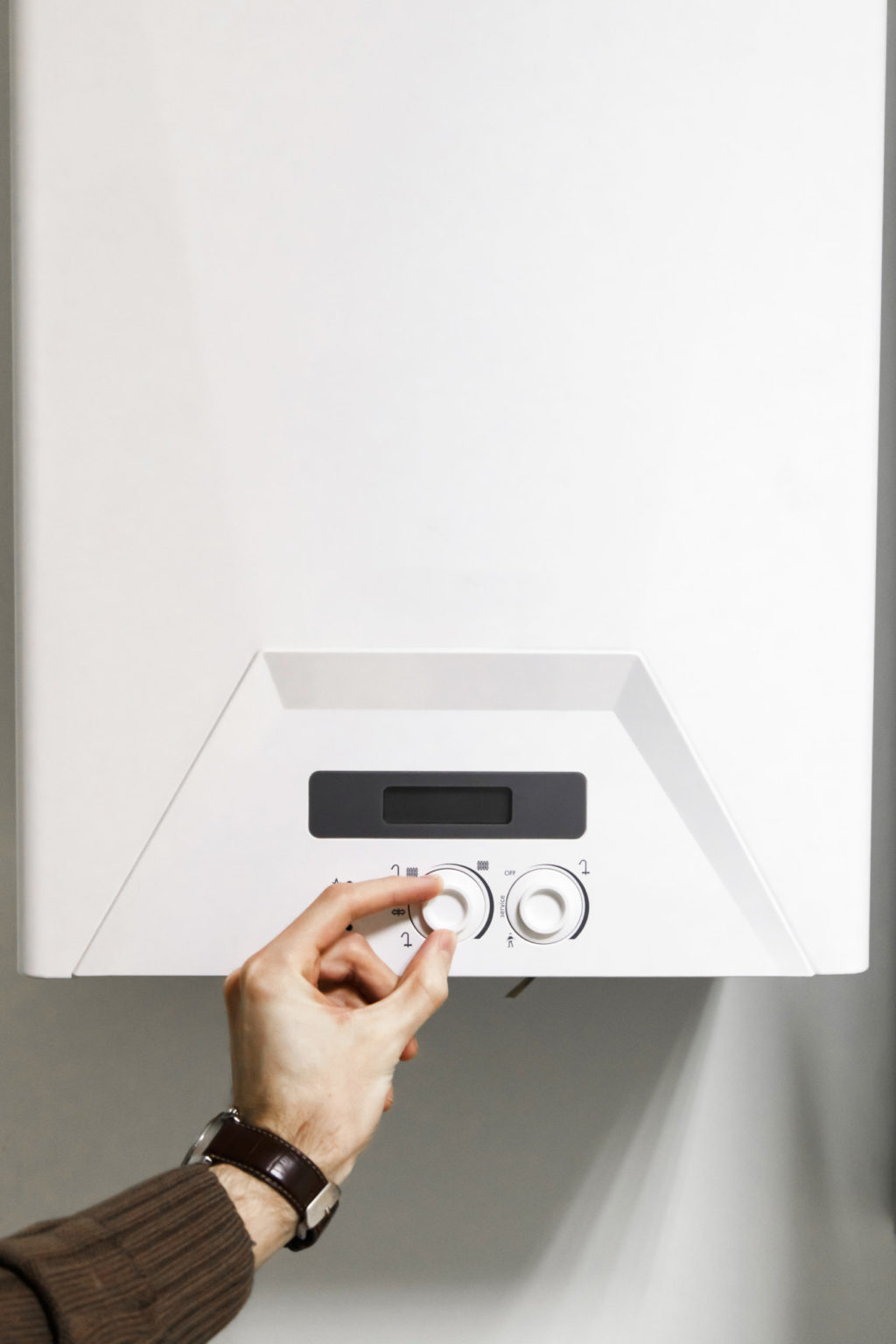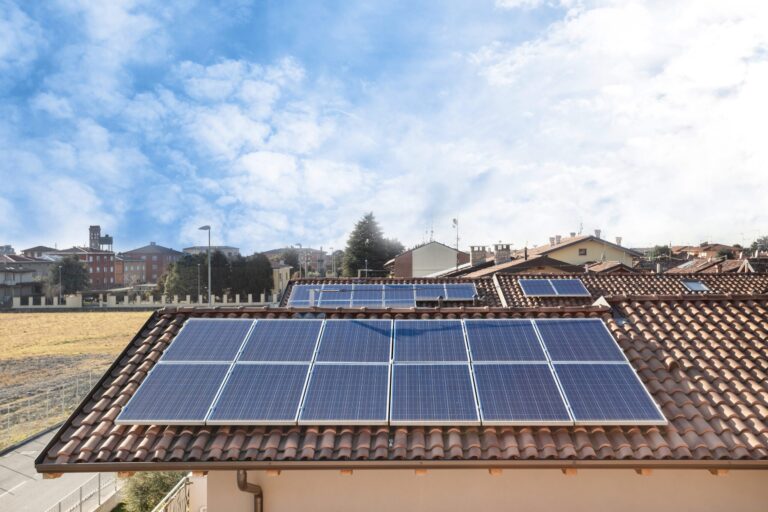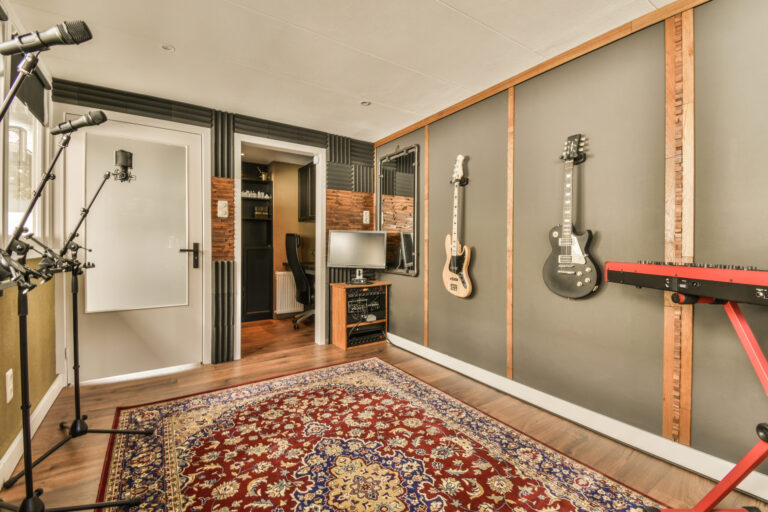Living through the changing seasons can be daunting, and homeowners need the right system or devices to switch between extreme summer and winter temperature levels. Often, the first option that comes to mind is an air conditioner, but a heat pump can equally be a great alternative. Many people rely on heat pumps but may not know how these devices function, and this guide can better inform you on how different kinds of heat pumps work.
What is a heat pump?

There are many heat pump questions like how does a heat pump work and what does it do? It’s okay to have questions as they help ground your investment in an efficient heat pump system.
To answer the first question, a heat pump is an essential part of your HVAC system, often installed outside your home. It uses a small amount of electricity to distribute heat in an indoor space and can also cool your home’s air during the summer months. Overall, it’s a hybrid system that saves you the stress and money of investing in separate systems for both warm and cold days.
What’s more, heat pump manufacturer brands produce several options for homeowners to find the right fit for their homes. The two most common types of heat pumps are ground and air sources. An air-source heat pump transfer heat between indoor air and outdoor air. An air-source air pump is the typical go-to for your residential heating and cooling system. Ground-source heat pump options are often called geothermal heat pumps. They support heat transfer between your indoor air and the ground outside your home. A geothermal heat pump can be more efficient and cost-effective because the ground temperature’s consistent all year round.
All in all, heat pump features may vary based on the type or brand. Some main heat pump components include the outdoor unit, reversing valve, expansion valve, compressor, refrigerant, and outdoor unit.
How does a heat pump work?

Heat pumps work with a similar mechanism irrespective of the numerous options available on the market. The underlying principle leveraged by all heat pump options is heat transfer. Given this, it’s essential to note that heat pumps don’t create heat; rather, the heat transfer mechanism aids in redistributing heat pulled in, depending on the type you choose.
Heat pumps use refrigerants in the heat redistribution process, which moves between an air handler or indoor coil to an outdoor compressor that eventually transfers the heat. When in heating mode, the pumps absorb heat from outside and release it indoors. Heat pumps work the same in cooling mode. They absorb heat from inside your home and release it outdoors.
What are the pros and cons of heat pumps?
Heat pumps are increasing in adoption, but they may not be the right choice in every situation. Some specific heat pump pros include:
- Sustainability: Unlike a furnace, heat pumps don’t burn fuel to keep your home warm. If you’re a homeowner seeking sustainable ways to enjoy the warm air, then you know where to look.
- Cost-effectiveness: Electricity consumption has increased in recent years due to the pandemic’s restrictions and the spike in work-from-home opportunities. According to the U.S. Department of Energy, the average American household spends about $115 monthly. Using hybrid heating systems can help you save a little money rather than spending money on separate systems.
As for the cons, the major negative aspect of heat pumps is their ineffectiveness during cool seasons. Heat pumps work fine in mild winters but may be ineffective in colder climates where outdoor falls below freezing temperatures. This can be a downside if you live in these extreme climates. That notwithstanding, the benefits of a heat pump to a homeowner far outweigh the disadvantages.








